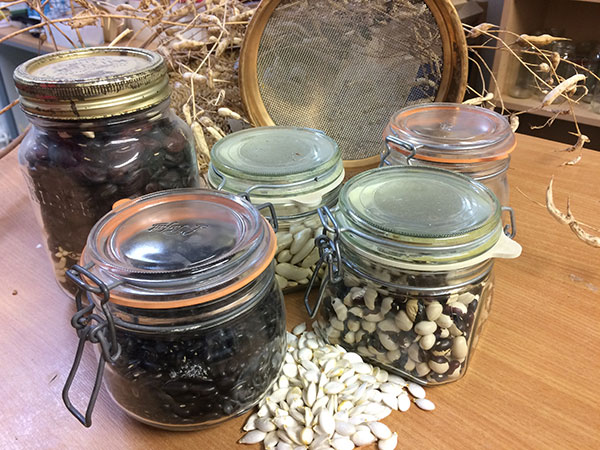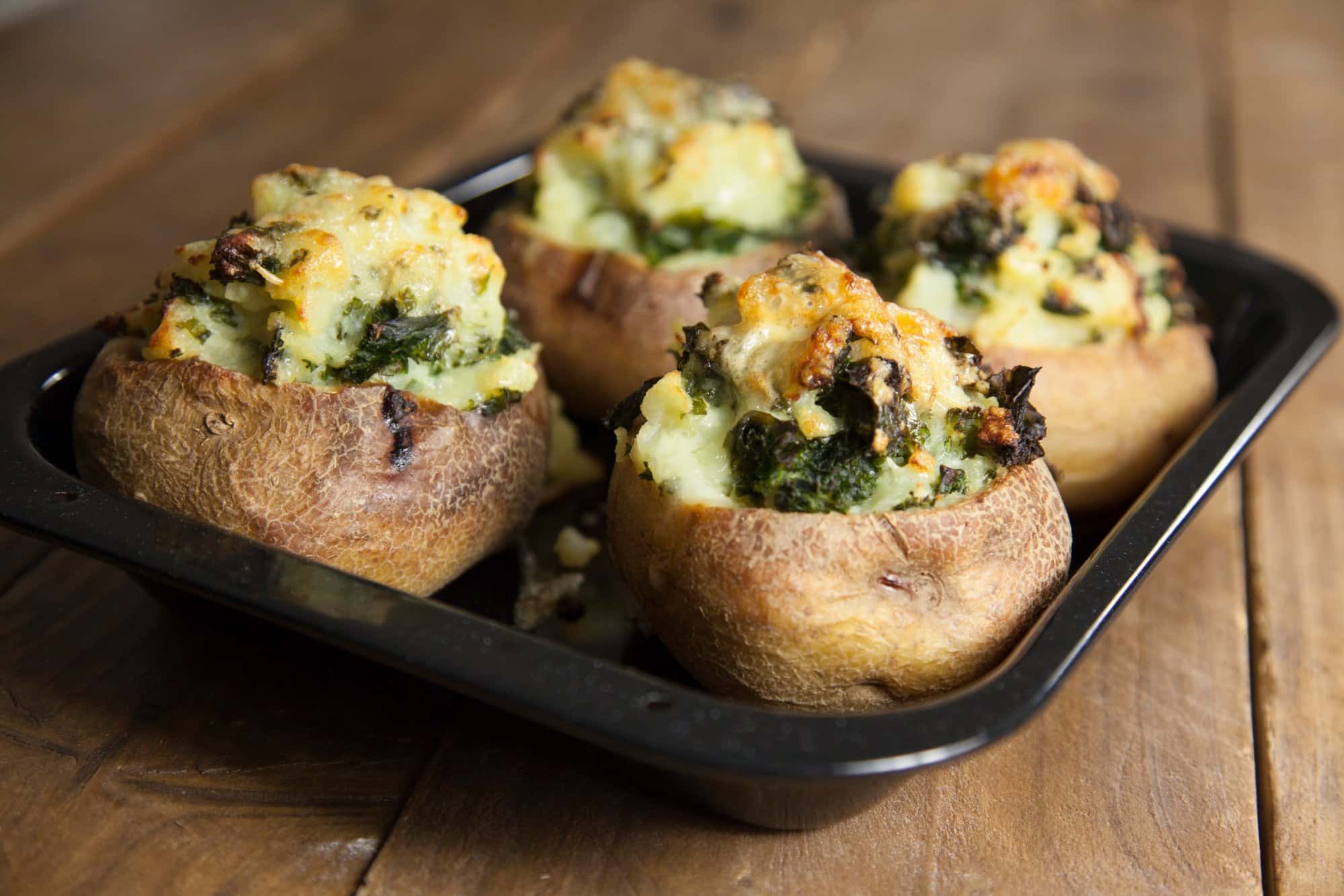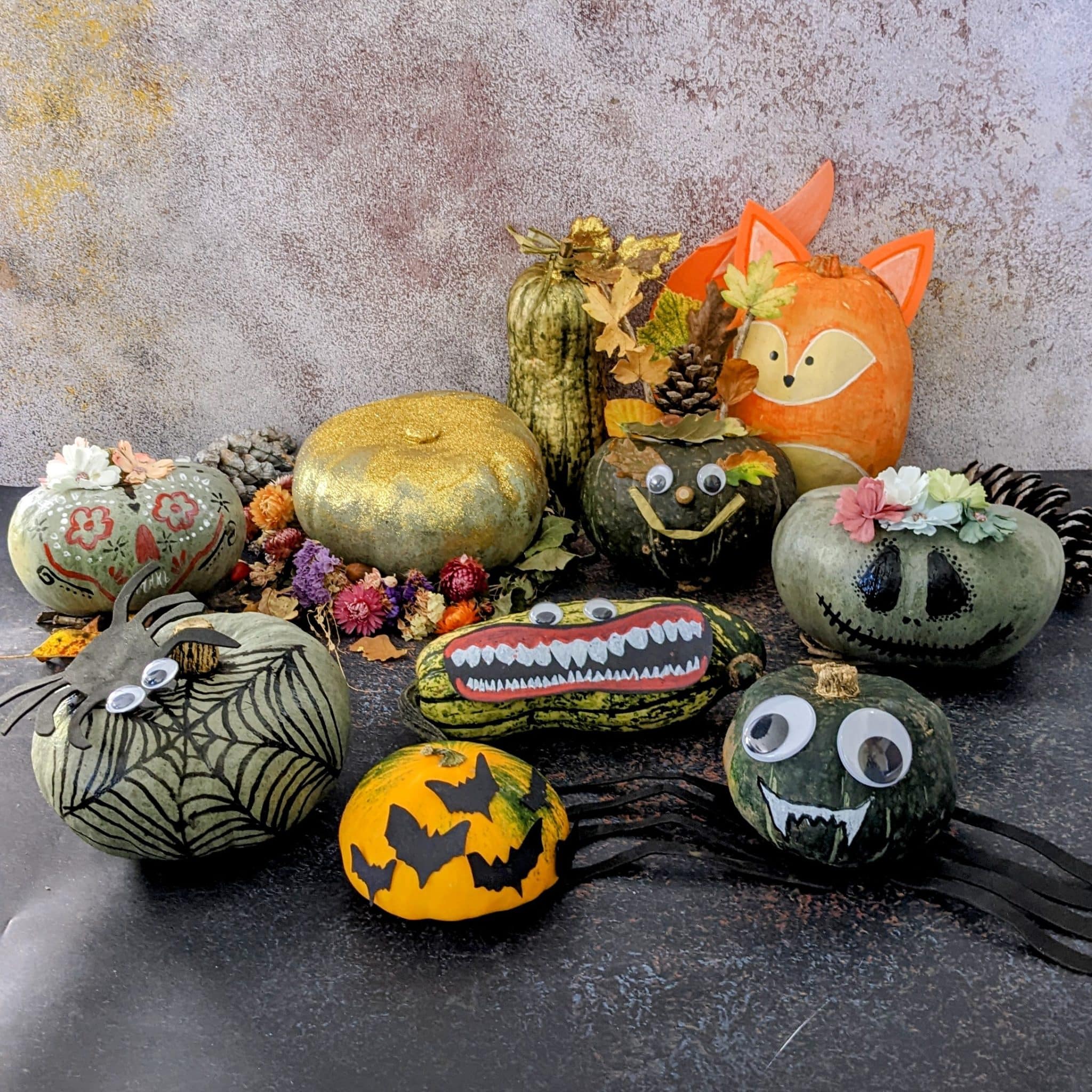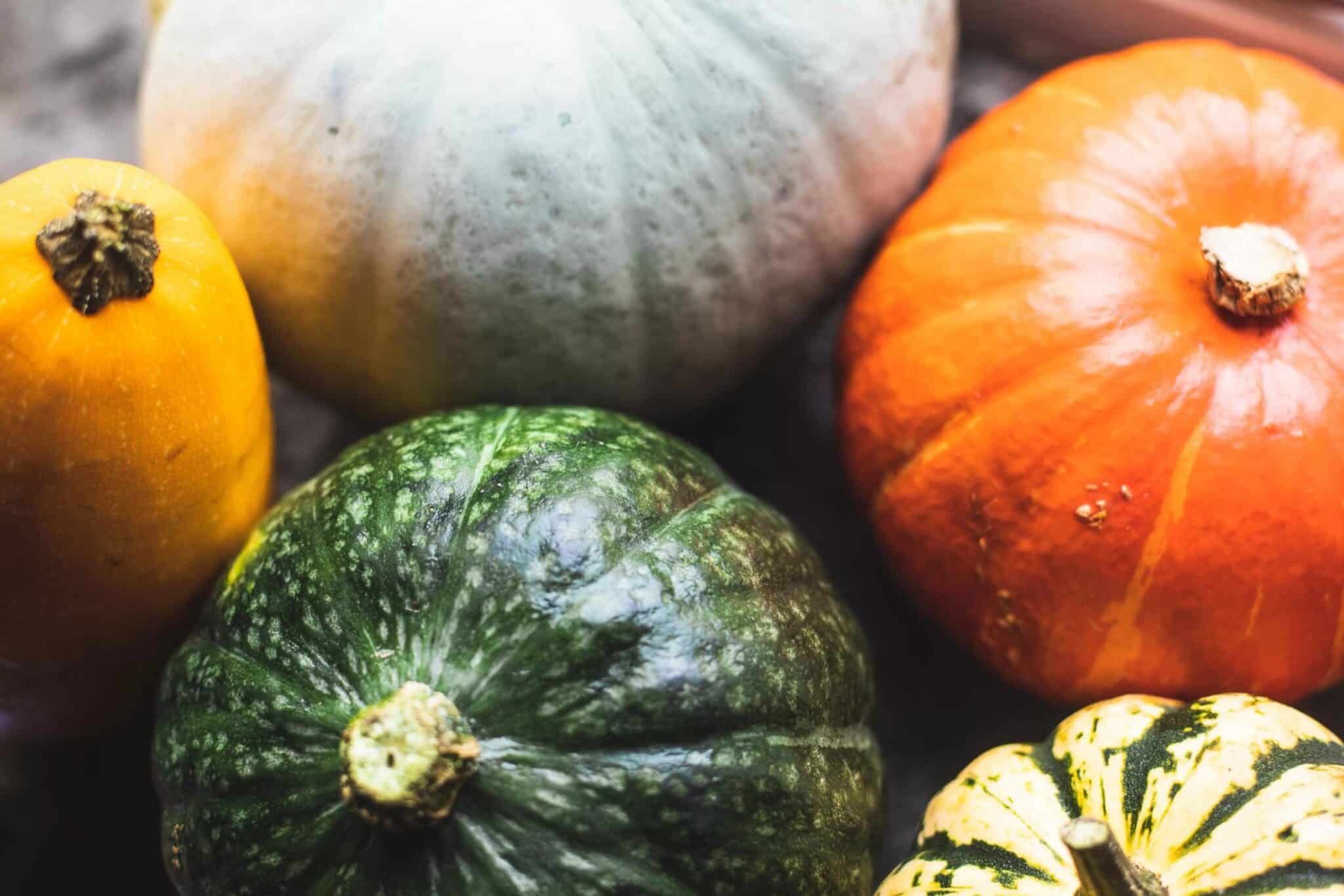This spring, lockdown and concerns over food supply led to many thousands of people taking up growing for the first time. The result was a huge surge in people trying to get hold of seed, causing websites to crash and stock to run out.
However, while many of us were desperately waiting for those precious little packets to arrive, gardeners who had mastered the art of saving their own seed were quietly getting ahead with their growing.
People save seed for different reasons, some do it to preserve a link to the past, growing a variety their parents grew, or one particular to the place they live. Some do it to assure themselves a supply of a variety no longer available to buy. Some are making a deliberate stand against current trends in the seed industry, and some do it to create seed to share and swap with other growers.

But perhaps the simplest and most tangible reasons to save seed are that it’s free and sustainable. Transportation miles are zero, and the carbon footprint next to nothing.
If you’d like to try seed saving, now’s the time to give it a go. Here are our top three veg to cut your teeth on.
Peas
Peas are not only easy to grow, but they’re easy to save too. In fact, you could say they’re easy peasy…
When harvesting your peas to eat, seek out a few healthy pods and leave them on the vine to dry. As they mature, you’ll see them turning brown, and the pods becoming papery and thin.
If possible, leave them on the plant until they’re completely dry, but if there is a risk of frost or prolonged rain you can lift the entire plants and hang them inside somewhere warm until the pods are completely dried.
Then, pop the peas (seeds) out of the pod by hand and lay them out to dry further, removing any that are damaged or discoloured. Store them in a cool, dry place and they should last in storage for at least three years.

French beans
French beans, unlike some other types of bean, won’t cross pollinate, making them ideal to save seed from. The process for saving French beans is exactly the same as peas – let them dry out completely, then pod, check for damage, dry further and store.
Tomatoes
Tomatoes are one of the best fruit to save seed from as you still get to eat the tasty flesh during the process.
The seeds are fully mature once the tomatoes are ripe. First, scoop them out of the fruit and rinse them in a sieve under cold running water, rubbing the seeds against the sieve to remove the sticky gel coating. This can take a while so be patient. Spread the seeds on a paper towel or piece of kitchen paper and leave to dry.

When completely dry, fold up the paper, label it, and store somewhere cool and dry. In the spring, you can either separate the seeds to sow as normal, or place the whole sheet of paper in compost to start your plants.
As with everything in the garden, seed saving can be as simple or as complex as you like. To read fuller instructions, there is a full set of seed saving guidelines on the Garden Organic website, or why not join us on one of our upcoming online webinars.
The Grow Your Own Wicked Leeks series is written by Garden Organic, the national charity for organic growing.
Each month we bring you timely advice on what to do in your organic patch. We hope they inspire you on your organic growing journey, whether you’re an experienced grower or just starting out. Share your own tips and gardening photos on social media under #GYOWickedLeeks.















0 Comments